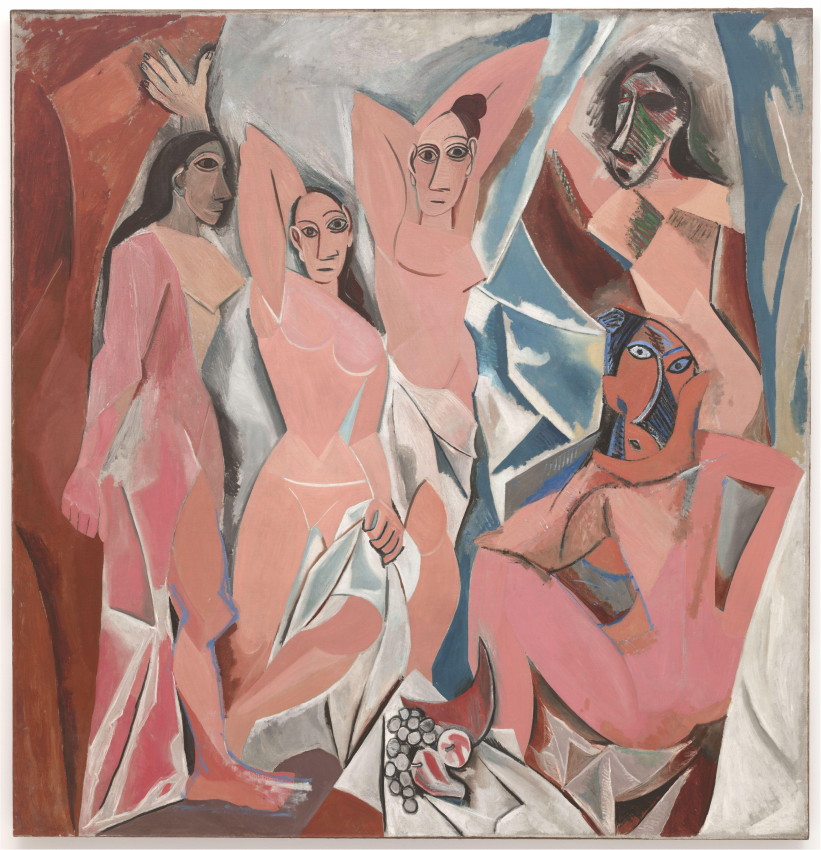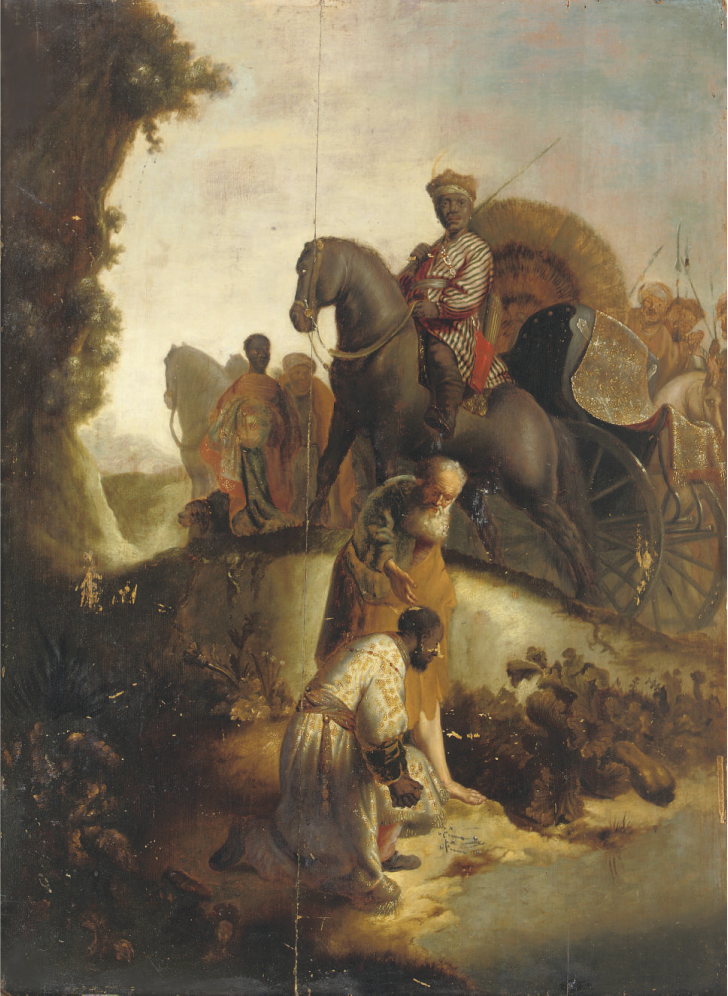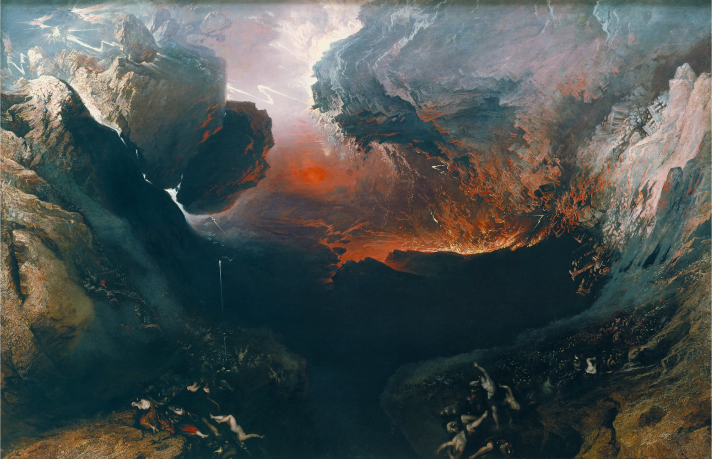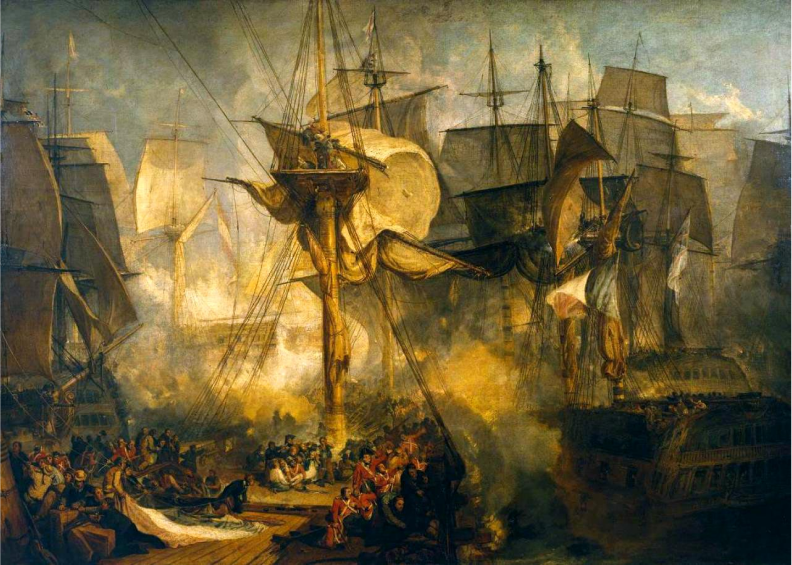SupremePunk #010

An Idol of Blood
This Punk is inspired by CryptoPunk #4156 and artworks of Malevich. His artistic progression can be split into three distinct stages: Avant-garde, including futurism and cubism, Suprematism, marked by geometric purity, and a later return to Realism. Each stage was distinctive in both concept and aesthetic, encapsulated by the three squares that are a signature feature in this Punk design.

Malevich — Red square, White on white, Black square, 1915 - 1918
The squares represent the evolution of Malevich's style, and by extension, the transition of a hypothetical civilization from animism to monotheism. The red, blood-like background and the dominance of dark hues in the Punk depict this religious transformation as an upheaval filled with strife and tumult. The Suprematist squares signify the establishment of various worldviews: black represents economy or pragmatism, red signals revolutionary changes, and white symbolizes pure and unadulterated action.

Pablo Picasso — Les Demoiselles Avignon, 1907
This civilization's animistic beliefs can be compared to the prehistoric cultures that revered nature's spirits, the spirits of ancestors, and other supernatural forces as constant presences in life. Pablo Picasso's "Les Demoiselles d'Avignon" would be an excellent companion artwork, as it incorporates the tribal masks and primal energy associated with animistic practices.

Unknown — The Baptism of the Eunuch, 1699
The transition to monotheism is represented by a symbolic ritual akin to a mass baptism, as depicted in Gustave Doré's "The Baptism of the Eunuch". This artwork depicts the moment of conversion, showcasing the profound impact of spiritual transformation.

John Martin — The Great Day of His Wrath, 1853
The process of religious conversion was not a peaceful transition but an upheaval filled with resistance and destruction, echoed in the Punk's predominant bloody hues. This upheaval is well depicted in John Martin's "The Great Day of His Wrath", symbolizing the destruction of the old ways and the birth of a new order.

Joseph Mallord, William Turner — The Battle of Trafalgar, as Seen from the Mizen Starboard Shrouds of the Victory, 1808
Finally, the aftermath of this upheaval, and the adaptation to the new monotheistic belief, is demonstrated through their rituals, such as engaging in ritual battles during significant days. These battles can be metaphorically represented by J.M.W. Turner's "The Battle of Trafalgar", where human struggle and conflict meet spirituality and myth.
The Punk, in essence, captures the throes of a profound religious transition, painted with the strokes of violence, upheaval, and ultimate acceptance. This universal theme of transformation extends beyond any specific culture or civilization, reflecting the shared human experience of change and adaptation.

Buy

Gallery:
CryptoPunk #4156 that has been taken as a base

Your transaction is in progress

You have connected to the wrong network

Transaction is successful!


